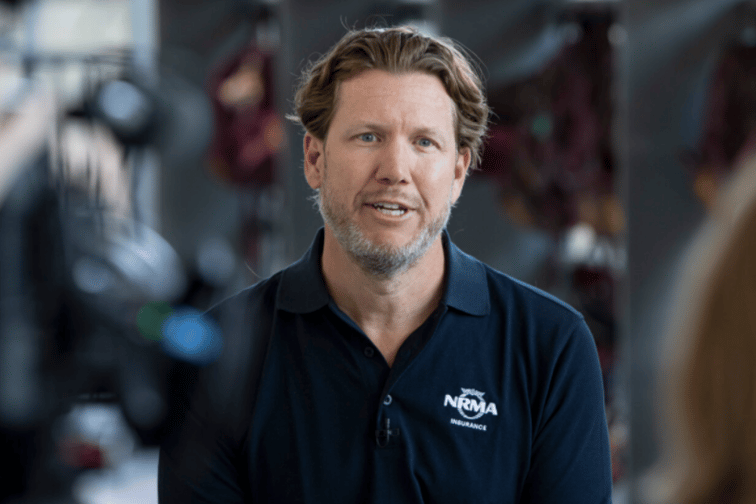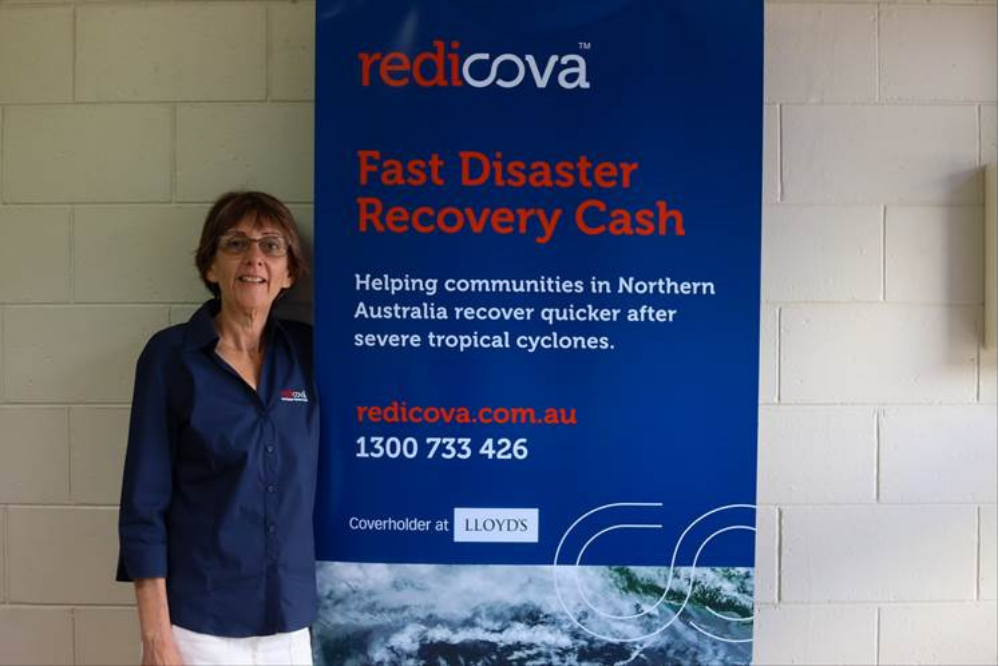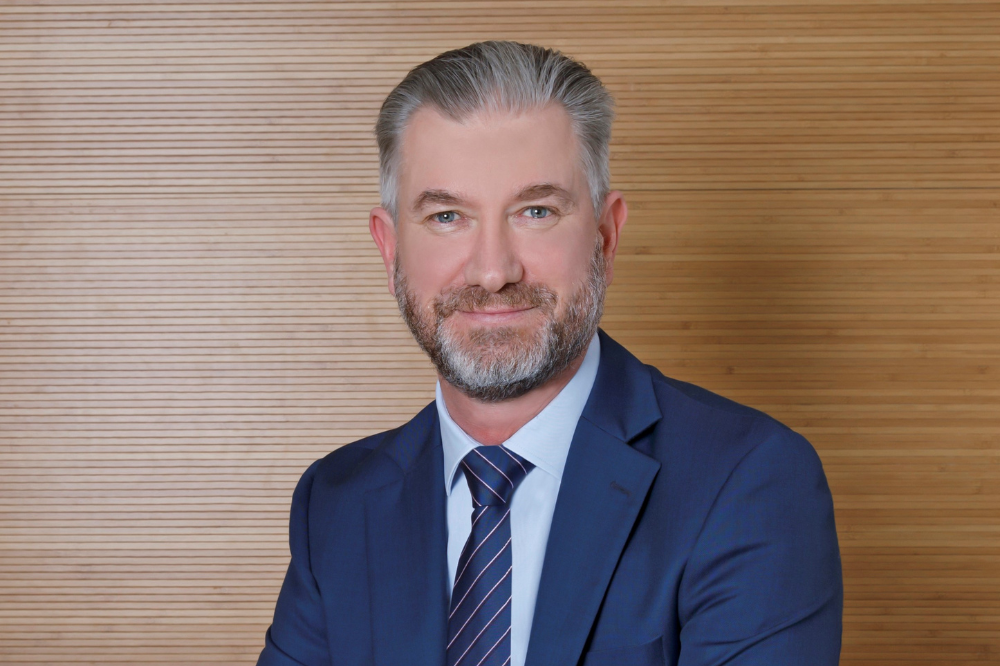

Karen Hardy (pictured below), an independent broker from Tully in Far North Queensland recently launched Australia’s first retail parametric cyclone insurance product – Redicova – for Northern Australia. Could parametric insurance be the panacea that communities in Australia’s natural disaster zones need?
“With Cyclone Larry in 2006 and Cyclone Yasi in 2011, I’ve seen that communities fail because they have no immediate disposable cash available to them post-disaster and that’s when they need it most,” said Hardy, Redicova’s managing director.
She said when a natural disaster hits a remote community it usually takes more than three months for a claim to be assessed and for repairs to get underway.
Read next: The girl from Tully who wowed Lloyd’s

“So this is a band aid for that interim period so that they get their money straight away and they can basically stay in their community and pay their bills,” said Hardy.
There’s no proof of loss associated with parametric insurance, and with Redicova customers can buy as much insurance as they want to.
“We’ve tried to alleviate the affordability issue by allowing that single unit purchase if they wish,” she said.
Redicova is backed by Lloyd’s Disaster Risk Facility (DRF).
“It is purely and simply a financial band aid to get them through the tough times because there’s nobody after a severe tropical cyclone that doesn’t suffer economically,” said Hardy.
Earlier this year, a parametric insurance policy written by the Caribbean Catastrophe Risk Insurance Facility (CCRIF) was triggered by the 7.2-magnitude quake in Haiti and delivered a record payment of $40 million.
Within a week of the disaster, CCRIF had paid $15 million of the claim to the Haiti government, shining a spotlight on how quickly and efficiently parametric insurance can support devastated communities.
For parametric insurance, payouts are triggered automatically once a pre-defined threshold of an index is reached. Policyholders get paid without going through what can be a very lengthy insurance claim and loss adjustment process.
“Without knowing the detail of the product itself [Hardy’s Redicova], I would say that collectively across sectors we have to not be afraid of leaning into innovation and new solutions and what happens with that is that you get new emerging, commercial opportunities as well,” said Ramana James (pictured top), Insurance Australia Group’s (IAG) executive general manager for safer communities.
“So that can be a really good thing because instead of governments having to foot the bill you’ve got the private sector coming in with solutions.”
Last month, Insurance Australia Group (IAG) launched its new Climate & Disaster Resilience Action Plan. The FY22-24 plan focuses on finding solutions to address climate risk and sets out climate commitments across different focus areas.
“I think the nature of the complexity of these events and how they impact on the economic system means that there is going to be a suite of varied products that are going to enable us to support and enable customers to be protected. So, we encourage innovation in this space,” said James.
He said the rise of varied insurance products is not a sign that the industry has given up on providing affordable insurance in parts of Australia prone to natural disasters.
“No, I think the industry is strongly committed to working with governments to make sure we don’t end up in the position where you’ve got uninsurable places, that’s not what any of us want. We all want there to be insurance as a critical part of our financial system that enables individuals and then communities to recover and removes that burden from governments and ultimately taxpayers,” he said.
James said the most important work that needs to be done concerns improving the safety and the resilience of infrastructure, buildings and assets
“If we’re working together, as insurers, as governments, other financial service providers, other industries, to help improve the resilience and safety of homes, to improve infrastructure, then we can make sure that we’ve built enough safety and risk reduction into the system,” he said. “Then we can continue to have insurance affordable for people across Australia.”
James said research analysing the economic and social costs of natural perils and disasters had found that investing money in adaptation can reap huge savings.
“So the return on investment in adaptation is significant so that you’re not then spending the money on recovery and that’s fixing the problem at the source,” he said.

The new CEO of the National Insurance Brokers Association (NIBA), Phil Kewin (pictured immediately above) couldn’t comment on whether parametric insurance is an adequate gap filler but agrees that an industry wide solution is needed.
“It’s quite obvious and it was talked about at the recent Insurance Council Summit, the challenges that we are having around natural disasters and the challenges particularly in Northern Queensland,” he said. “The Insurance Council is keen to find an industry solution which is why it’s set up the Business Advisory Council (BAC) which Dallas Booth is chairing.”
The BAC was established in response to recommendations in industry expert John Trowbridge’s review of the private commercial insurance market. The council held its first meeting in October and aims to improve the affordability and availability of commercial insurance products for small and medium-sized businesses. Some of the same issues impact insurance options in Australia’s natural catastrophe zones.
“Hopefully the industry can come up with solutions around affordability and accessibility because it is becoming an issue,” said Kewin.
